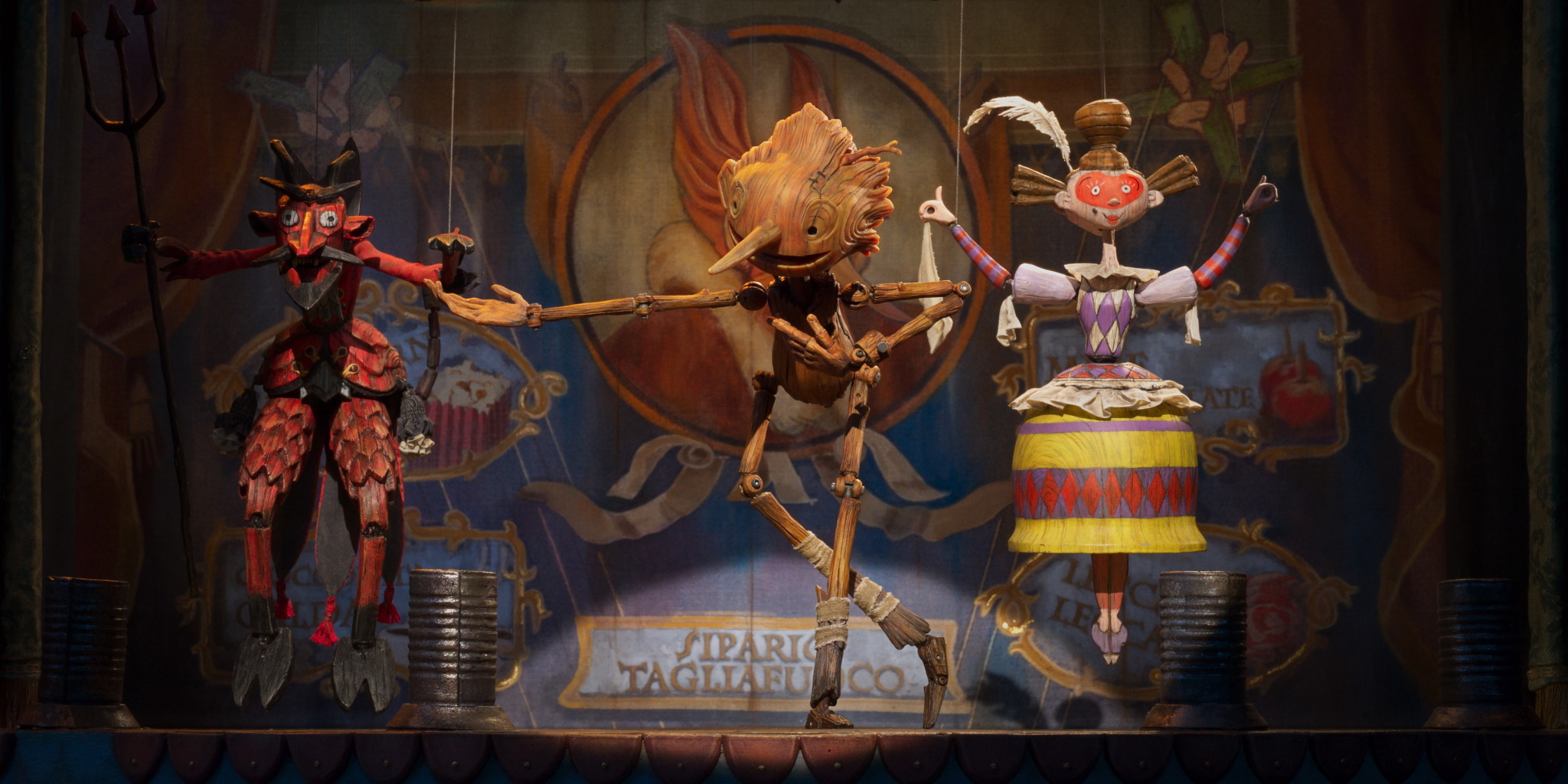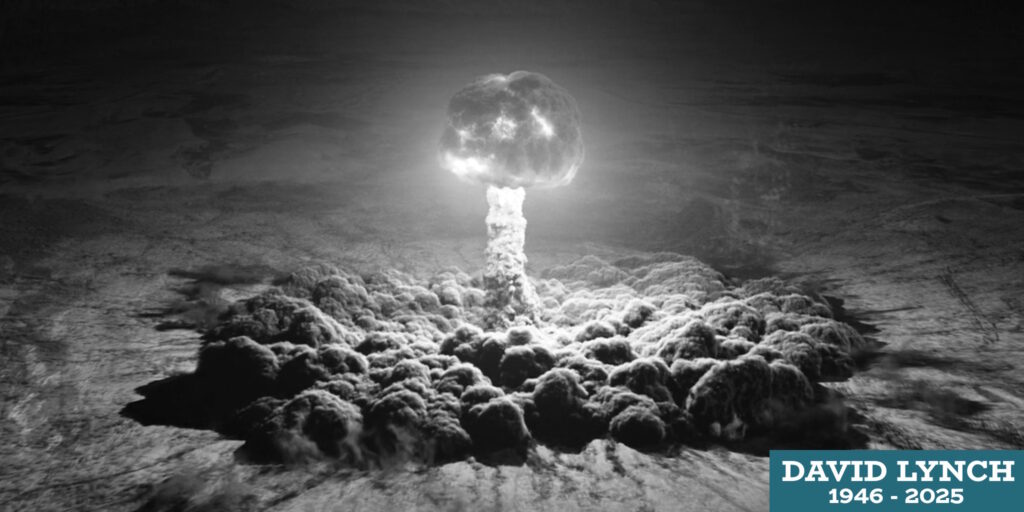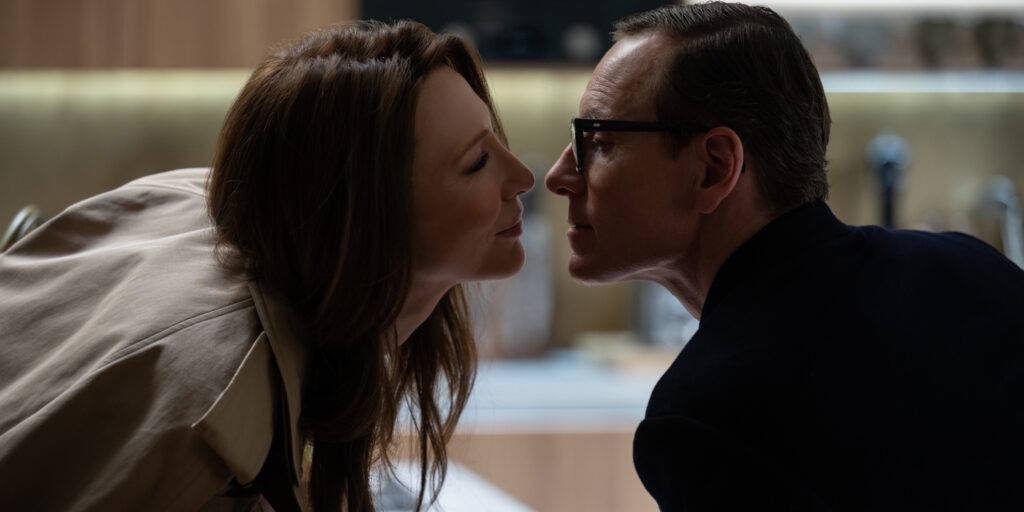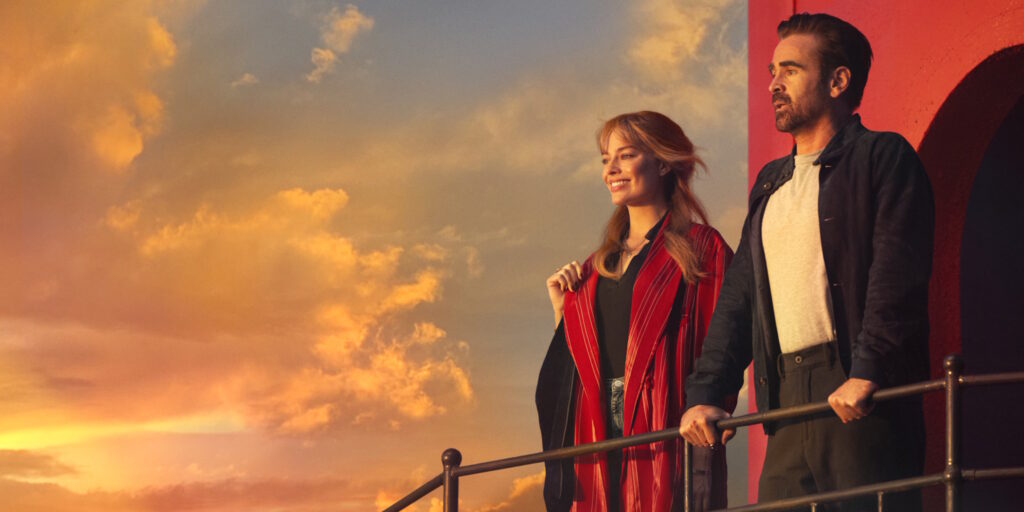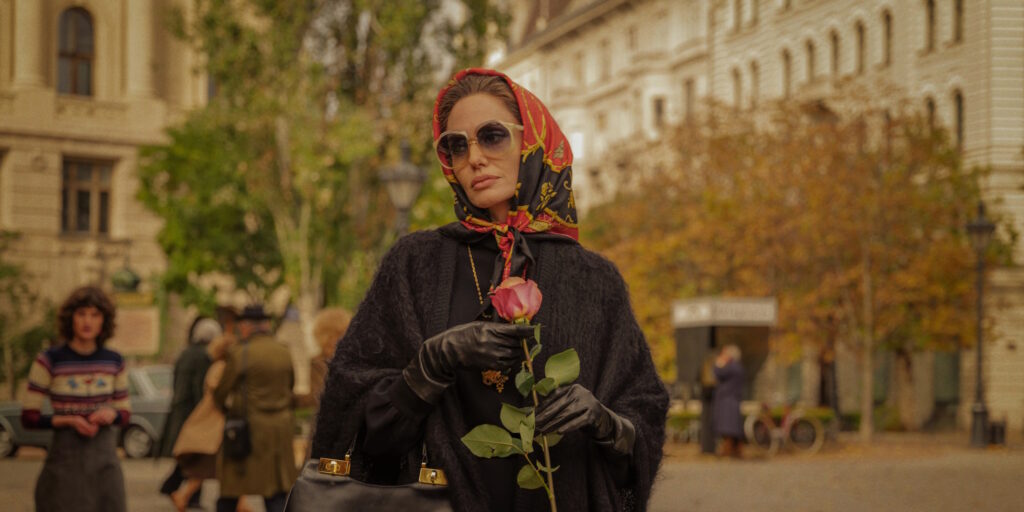[Originally published at Cinema St. Louis’ The Lens.]
Poor Robert Zemeckis. In 2019, he imprudently stepped up and assumed directing duties for yet another crummy, soulless, live-action remake of a Disney animated feature. And not just any feature, but Pinocchio (1940), one of the most beloved, impeccable, and technically breathtaking films of Disney’s Golden Age. The result, premiering on Disney+ in September, was critically pilloried as the crummiest, most soulless entry yet in the studio’s dubious remake canon, and then promptly forgotten. To add insult to injury, another Pinocchio film opened for a limited theatrical run just two months later, with a Netflix streaming release scheduled for this week. This new Pinocchio is a lush, stop-motion animated feature co-directed by no less a stylist than Guillermo del Toro, who has shepherded this passion project through over a decade of development hell. No matter how del Toro’s film turned out, it was probably always going to make the Disney remake look like an ill-advised, uninspired cash-grab in comparison.
As one might expect from the filmmaker, Guillermo del Toro’s Pinocchio – as it is officially titled – proves to be an intriguingly weird and spooky version of the story. It’s also a truly terrific feat of design and animation, which can be attributed in part to claymation veteran Mark Gustafson, here co-directing his first feature in his four-decade career. In addition to his contributions to those icons of late-1980s marketing, the California Raisins, Gustafson worked on the Nome King effects for Millennial cult favorite-slash-nightmare fuel Return to Oz (1985) and on Will Vinton’s profoundly strange claymation adventure feature The Adventures of Mark Twain (1985).
That last work seems to have had the most obvious stylistic influence on Pinocchio, as Mark Twain’s characters and environments – though fashioned out of clay – have a distinctly hand-carved appearance, as if they were dolls chiseled in the workshop of a late 19th-century Alpine toymaker. It’s a fitting aesthetic for Pinocchio, which also draws heavily on Gris Grimly’s grotesque illustrations for a 2002 edition of Carlo Collodi’s novel. (Grimly was reportedly involved as a co-director at one point before del Toro took a more hands-on role in the project, although he retains character design and co-producer credits.) The film emphasizes rather than conceals the fundamental crafted quality of its characters, which exhibit the deep grooves and brushed highlights one might find on hand-made nativity figures (or a god-tier Warhammer miniature army).
Nowhere is this design approach more pronounced than in Pinocchio himself, who – in emphatic contrast to previous on-screen representations – is unpainted and rough-hewn, his jointed form still studded with the twigs, knots, and cracks of an unfinished pine log. (He is also unclothed; no lederhosen or Tyrolean hat here.) In contrast to the realistic glass-like eyes of the film’s human and animal characters, he looks out at the world through tiny black knotholes. Combined with his wide idiot grin and flattened oval head, this makes him look like artist Steve Purcell’s hyperkinetic “rabbity thing” Max, which is perhaps not incidental, given that Pinocchio is here depicted as a similarly impulsive agent of chaos.
The film’s screenplay – written by del Toro and Patrick McHale, with story credits to del Toro and Matthew Robins – plainly looks to Collodi’s 1883 novel for inspiration, including the illustrations featured in its early Italian and international editions. However, the script is just as much a remake of the 1940 Disney feature: It tends to elide the same episodes from Collodi’s meandering, semi-surreal story, and features most of the iconic elements from Disney’s film, albeit often in radically reimagined form. Indeed, Guillermo del Toro’s Pinocchio is perhaps best approached as a work that is in direct dialogue with Collodi’s novel, Disney’s film, and other previous adaptations – and more broadly with the past 150 years of didactic children’s fiction.
This Pinocchio unfolds primarily in a faintly fantastical version of 1930s Italy, which should come as no surprise from the filmmaker behind pointed anti-authoritarian genre works such as The Devil’s Backbone (2001) and Pan’s Labyrinth (2006). Setting his fairy tale in Benito Mussolini’s Italy at the height of the National Fascist Party’s power dovetails with del Toro’s larger interest in thematically inverting Pinocchio. He transforms it from a scolding tale about dutiful obedience to a more morally thorny story in which energetic defiance is sometimes not only permissible, but arguably necessary. Admittedly, the film’s anti-fascist themes are more harmony than melody, and in practice they don’t have an outsized effect on the plot beyond some clever reimagining of certain set pieces. Most strikingly, Toyland / Pleasure Island is here reconceived as a military youth camp where Pinocchio (voiced by Gregory Mann) and his frenemy Candlewick (Finn Wolfhard) are to be molded into the next generation of cold-blooded nationalistic stormtroopers.
Proximally, Pinocchio is more concerned with the complicated nature of parent-child relationships, with all their unruly affection and angst. In a lengthy prelude narrated by one Sebastian J. Cricket (a superb Ewan McGregor), the viewer is introduced to the humble toymaker and single father Geppetto (an equally great David Bradley). Gepetto’s 10-year-old child Carlo (also Mann) is senselessly killed in the collateral damage of the Great War, and the woodcarver plants a pine tree on his son’s grave as a memorial. However, years later, he chops the tree down in a fit of drunken despair and fashions its wood into a crude marionette, a twisted mockery of a child. Here del Toro and Gustafson reveal the veins of horror that marble their feature, as Geppetto’s frenzied labor is staged as if it were the creation of Frankenstein’s monster, full of Dutch angles and flashing lightning. Similarly, the mysterious Wood Sprite (Tilda Swinton) that answers Geppetto’s despondent wish looks nothing like the Blue Fairy of popular imagination. Part Close Encounters alien and part biblically accurate angel, its four feathered wings are disconcertingly studded with blinking eyes.
Geppetto’s longing for a replacement child is fulfilled, sort of: Pinocchio awakens to life as a shrill, manic terror, scampering around and smashing anything he can get his gnarly little hands on. He is both hopelessly clueless and irrepressibly curious, a terrible combination in any circumstances but especially under the looming shadow of the town’s Fascist Podestà (Ron Perlman). Just as threatening to Pinocchio’s welfare is the conniving traveling carnival owner Volpe (Cristoph Waltz) and his monkey lackey Spazzatura (Cate Blanchett). In no time at all, the faux-aristocratic Volpe ropes the little wooden boy into a musical puppet act, easily preying on Pinocchio’s guilelessness and emergent desire to please Geppetto.
Del Toro and McHale’s screenplay takes extensive liberties with Collodi’s story plot-wise, although like the book it’s a bit of a sprawling, narratively shapeless thing (a del Toro trademark, that). The filmmakers do restore some of the novel’s macabre tone: The strange rabbit pallbearers seen in one of Charles Copeland’s iconic 1904 illustrations, for example, show up as poker-playing psychopomps when Pinocchio is struck and killed by a truck. Yes, Pinocchio dies in this version of the tale. Several times, in fact, as an apparent side-effect of being a sentient wood person is that he cannot permanently perish. Each fatal mishap deposits Pinocchio’s soul in a dreary, steel-blue underworld, where a sphinxlike Death (Swinton again) forces him to wait longer and longer intervals before returning him to life. This alters the stakes of the story intriguingly, for as Pinocchio matures – emotionally if not physically – he becomes increasingly agitated about Geppetto’s well-being, especially when the puppet is idling in purgatory.
While Pinocchio mostly keeps its on-screen motivations stark and straightforward – love, fear, grief, and three or four deadly sins – there are stickier questions about both parenthood and childhood rustling just beneath the surface. Geppetto is pitiably sympathetic, but perhaps not blameless. Self-loathing loneliness is not the best motivation for bringing a child into the world, after all, and he struggles to manage his new son’s anarchic autonomy, veering between doddering haplessness and thoughtless cruelty. Pinocchio, for his part, is not the adorable, wide-eyed moppet of Disney’s 1940 feature: He starts out as something of an insufferable little gremlin, and it’s a credit to the screenplay and Mann’s slowly modulated performance that the boy’s emergent desire to please Geppetto feels genuine. The compulsion to make one’s parents proud – and the extent to which this requires not blind obedience, but a mixture of deference and rebelliousness – is a key theme, albeit one that can get a little lost amid del Toro and McHale’s busy, herky-jerky plotting.
In truth, the film often feels as if it’s less interested in weaving a snug fairy tale with a lucid ethos than in excitedly stringing together set pieces that show off the film’s admittedly fantastic characters and environments. Like Pinocchio himself, the feature seems perpetually distracted by whatever wonderfully strange sights and sounds are lurking around the next bend. To be fair, this is consistent with Collodi’s book, which meanders almost arbitrarily through a succession of encounters with all manner of weird characters and phenomena. When a gargantuan, lamprey-mouthed shark appears out of nowhere to swallow Geppetto and Sebastian as they search for Pinocchio, it doesn’t make much sense in terms of 21st-century cinematic storytelling, but it certainly has the “Okay, sure, why not?” vibe of serialized 19th-century children’s literature. Del Toro has always been a director who prefers images, ideas, and atmosphere to narrative tidiness, and Pinocchio is no exception in this respect. Whatever it lacks in storybook elegance, it makes up for in weird sensory delights.
Guillermo del Toro’s Pinocchio will be available to stream on Netflix on Friday, Dec. 9.
